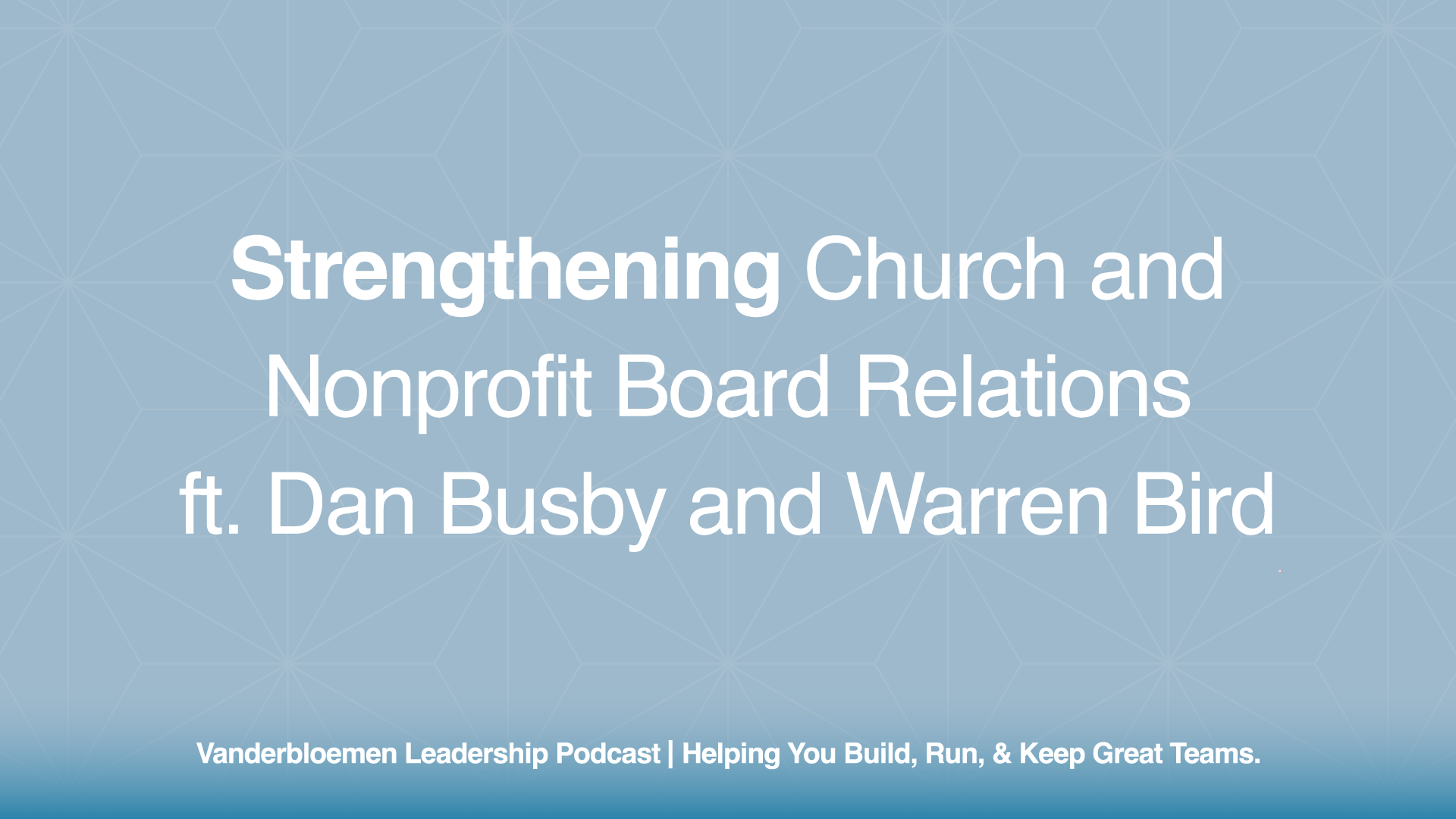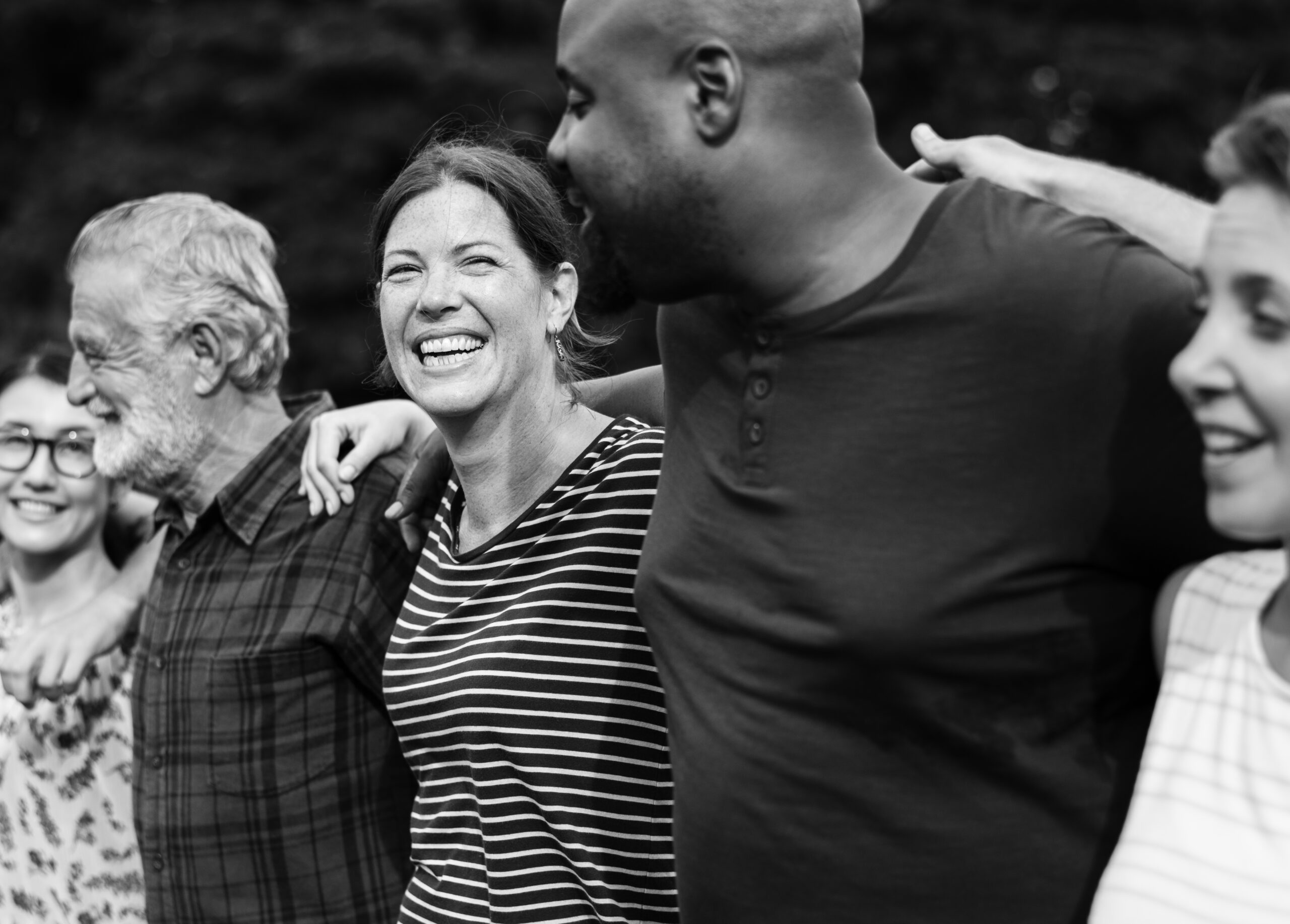February is Black History Month, and to continue learning about the establishment, evolution, and culture of The Black Church, we spoke with African American Christian leaders and educators to guide us through the history of the black church and the critical purpose it serves as part of the full Kingdom.
This series brings together top pastors, professors, and historians in the African American community to demonstrate the importance of the Black Church in American history and culture. Our American history is rarely told from the perspective of African Americans because it can be an uncomfortable narrative for the majority population in our nation to hear and understand. We hope it will help listeners understand and appreciate the conception and development of the Black Church and its continuing role in shaping American culture. When we highlight one part of the church, it sheds more light on the whole church.
As the final episode in our series, I spoke with Rev. Kermit Moss, who currently serves as the Senior Pastor of Christ Church United Methodist in Paterson, New Jersey. He is also working as the interim director of the Center for Black Church Studies at Princeton Theological Seminary and provided his expertise of the origins of The Black Church from the Civil rights era of the 1960s to present day, explaining the many changes The Black Church has endured. He leads us through historical moments like the assassination of Dr. Martin Luther King Jr. and the social justice victories throughout the decades.


